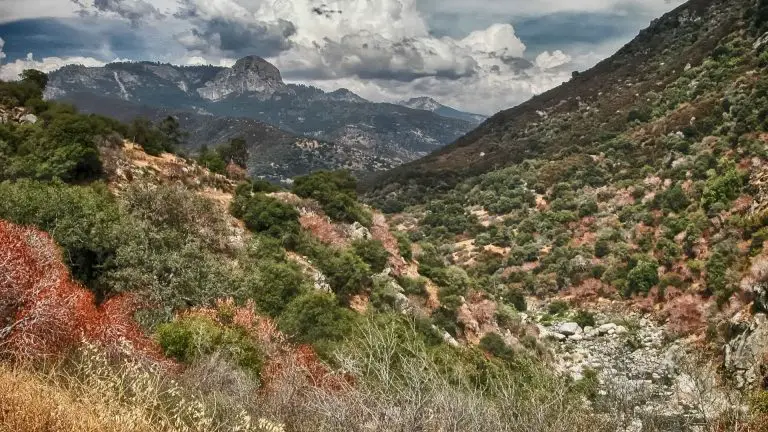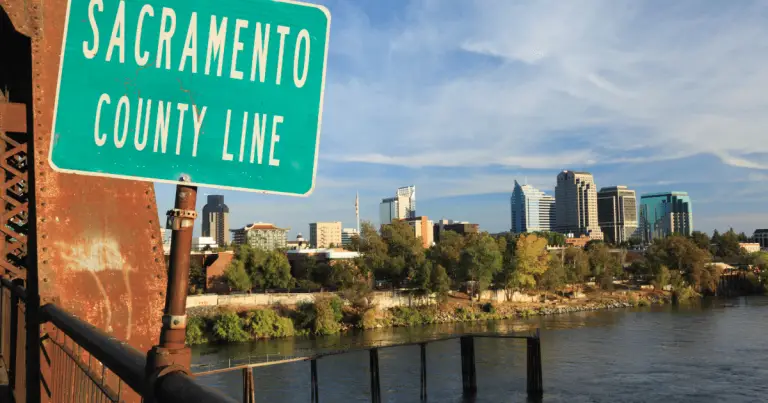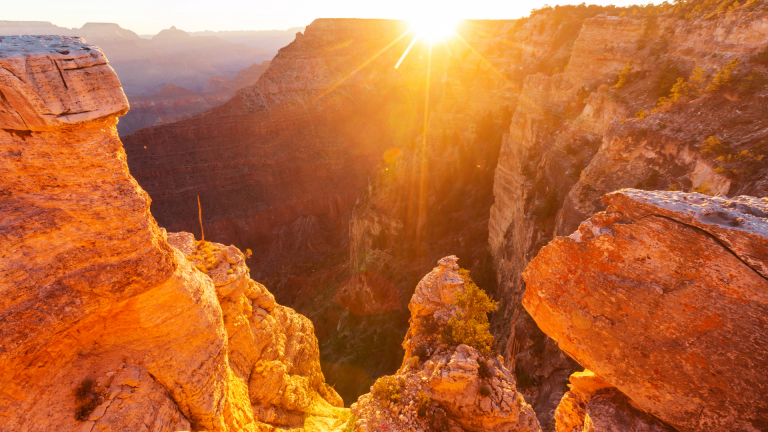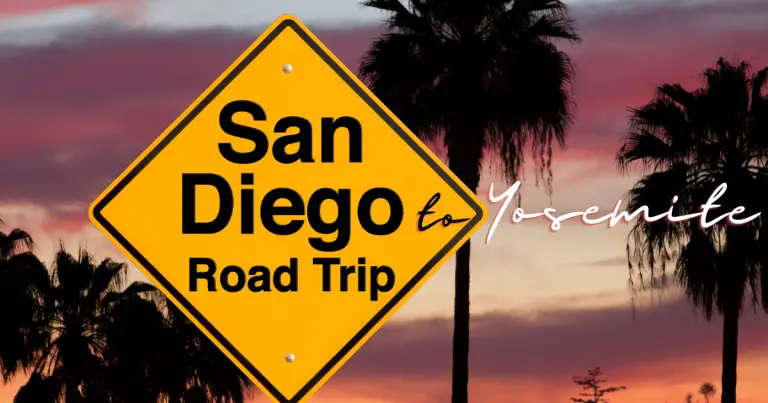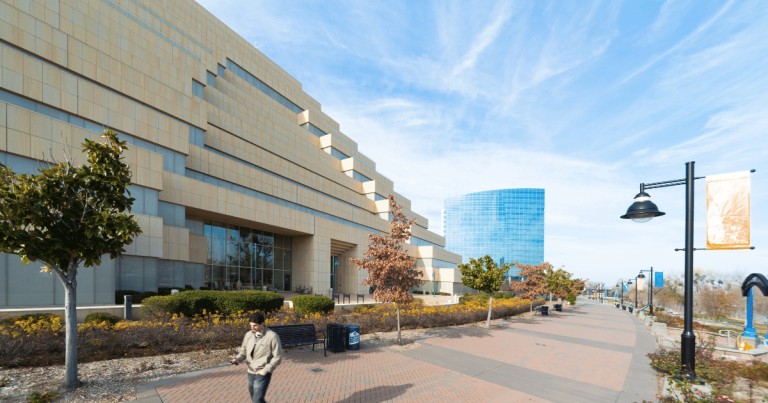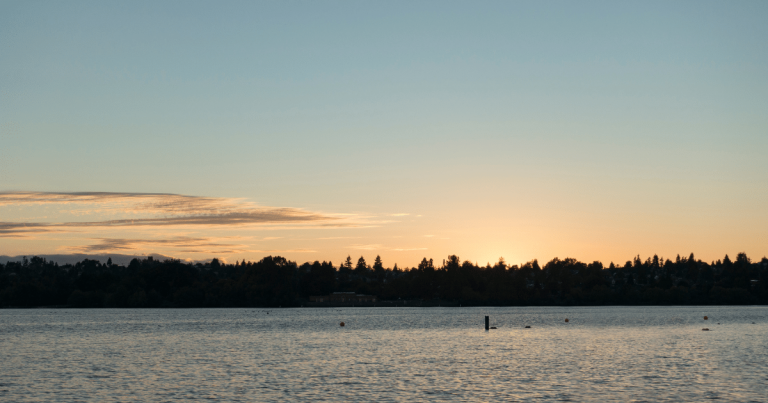Mastering Camelback Mountain Hike Time
In the heart of Phoenix, an extraordinary challenge awaits both locals and visitors, a challenge known by hikers far and wide – the Camelback Mountain hike. It’s a quest for adventure, a communion with nature, and a race against the clock.
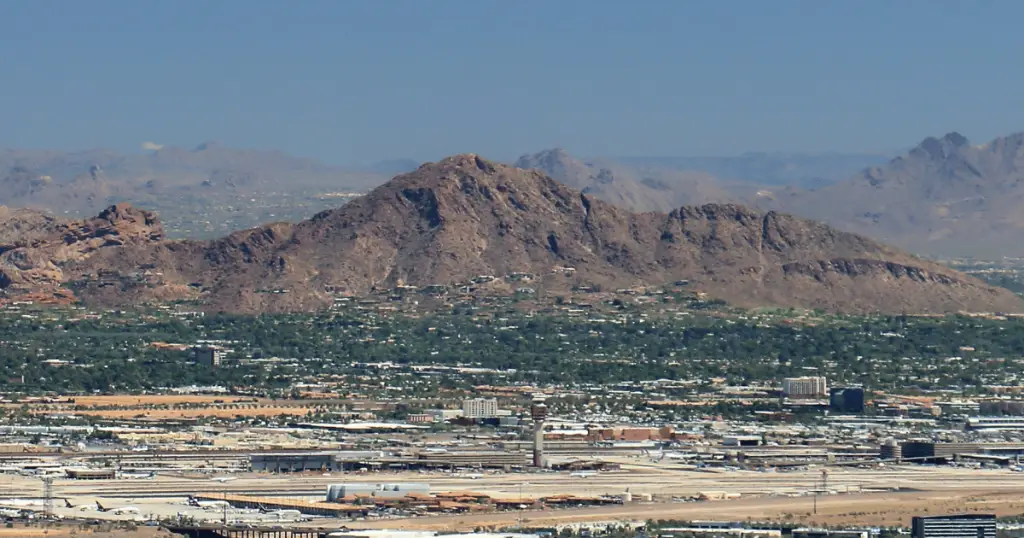
As you gaze at the mountain’s rugged silhouette, you can’t help but ponder: How long does it take to conquer its heights? How many moments lie between the trailhead and the breathtaking summit vistas? Camelback Mountain’s allure goes beyond a mere clock count. It’s a journey marked by the rhythm of your footfalls on the desert terrain, the pulse of determination as you ascend steep inclines, and the surge of accomplishment when you reach the peak.
Camelback Mountain: A Phoenix Icon Boosting Community Health and Unity
Camelback Mountain is one of the most recognizable landmarks in Phoenix, Arizona, and occupies an important place in the city’s landscape. It is nestled between the Arcadia neighborhood and the town of Paradise Valley, allowing hikers to enjoy a respite from the urban hustle while remaining within city limits. This central location has allowed the mountain to become a hub for outdoor enthusiasts, fostering a vibrant community of local residents and visitors united by their love for nature and adventure. The mountain, aside from being a popular recreational spot, also plays a crucial role in the community as a site for charity events, and environmental education programs, and a marker of the unique desert beauty that defines Phoenix. Its presence has indeed shaped the character of Phoenix, promoting a culture of health, outdoor activity, and environmental stewardship.
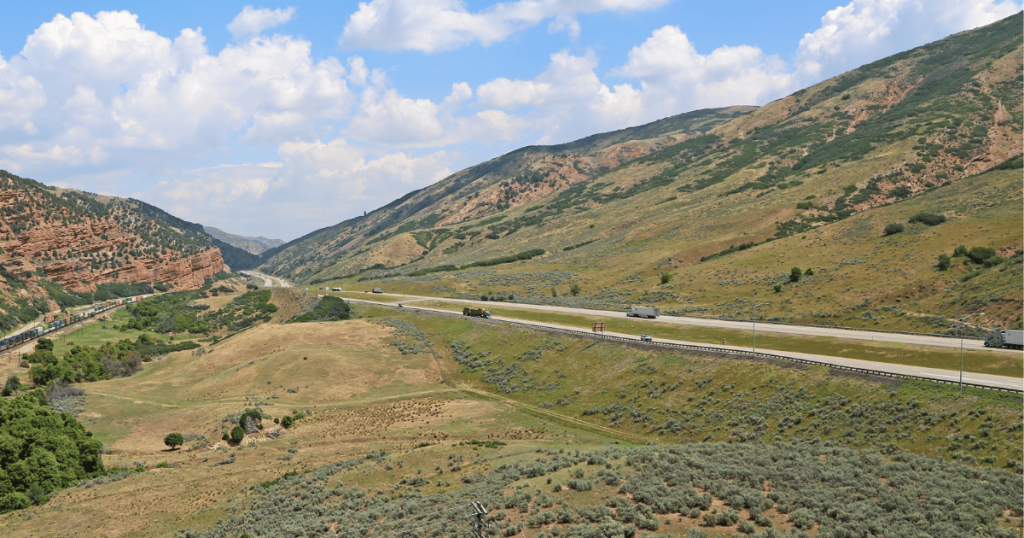
Tackling the Trails: Cholla Trail and Echo Canyon Trail
The Camelback Mountain hike can be undertaken via two main trails, each offering unique opportunities and challenges for hikers of varying skill levels. The Cholla Trail and the Echo Canyon Trail are the gateways to the summit, each with its own unique facets of difficulty and hiking time.
The Cholla Trail is considered to be the less strenuous of the two trails, but don’t let that fool you. It’s still a formidable challenge. Typically, hikers take about 2 to 3 hours to complete the round trip on the Cholla Trail. The journey is marked by a well-maintained path for the first half, transitioning into a steeper, rockier terrain as you approach the summit.
On the other hand, the Echo Canyon Trail is a significantly steeper and more challenging route, favored by adventure seekers. This trail is shorter in distance, but don’t be misled – the intensified terrain makes it a more intense workout. A round trip on the Echo Canyon Trail usually takes approximately 1.5 to 2.5 hours. This trail is characterized by large boulders and steep ascents, demanding agility, endurance, and hiking experience.
What to Expect Along the Way: Landmarks and Viewpoints
As you venture on either the Cholla Trail or the Echo Canyon Trail, there will be key landmarks and viewpoints that are worth a pause, both for rest and to capture the memorable adventure in photographs.
On the Cholla Trail, about halfway to the summit, you’ll come across a plateau offering sweeping views of the Valley of the Sun. This is an ideal spot for a quick breather, a water break, and to snap a few photos. Budget approximately 10-15 minutes here, but remember, the magic of the desert is in the dawn and dusk, so timing your hike to catch these moments can be spectacular.
As you tackle the Echo Canyon Trail, you’ll encounter the infamous ‘railroad tie’ section, about a quarter of the way up. It’s a steep uphill climb using railroad ties as steps, but the reward is a stunning panoramic view of the Phoenix area. Most hikers spend about 15-20 minutes here, admiring the view and preparing for the next challenging section.
The crown jewel is, of course, the summit of Camelback Mountain. From here, 360-degree views of Phoenix and beyond will leave you in awe. This is the ideal spot for a longer break of around 20-30 minutes, allowing for relaxation, photography, and the chance to savor the victory of your climb before beginning the descent.

Hike Time by Season: Factors and Considerations
The time it takes to complete the Camelback Mountain hike can be influenced by a variety of seasonal factors. One of the pivotal considerations is the temperature, which can significantly affect your hiking speed and overall exertion levels.
During the summer months (June – August), Phoenix experiences extreme heat, with temperatures often exceeding 100 degrees Fahrenheit. In these conditions, it’s advisable to start your hike early in the morning or late in the evening to avoid the midday sun. The heat can slow your pace, so an additional 30 minutes to an hour should be factored into your hike time for both the Cholla and the Echo Canyon trails. Always remember to stay hydrated and take ample breaks to prevent overheating.
In contrast, the winter months (December – February) in Phoenix are much milder, with average highs ranging from 60 to 70 degrees Fahrenheit. These cooler temperatures can make for a more comfortable hike, potentially allowing for a quicker pace. However, the days are shorter, so make sure to consider daylight hours when planning your trek.
The spring (March – May) and fall (September – November) seasons offer the best balance between temperature and daylight hours. During these seasons, hikers can enjoy more moderate temperatures and a longer window of daylight, enabling a more flexible and comfortable hiking experience.
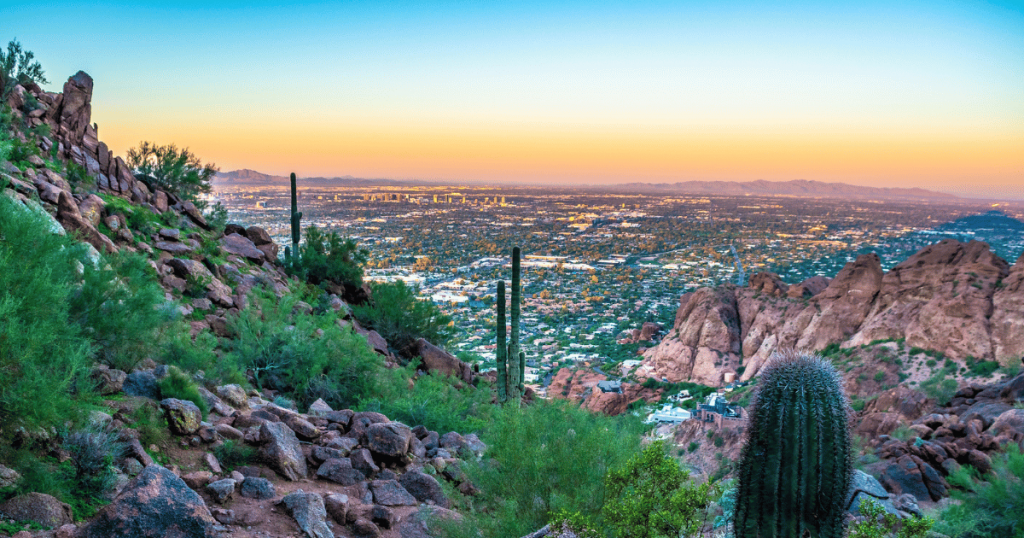
Sunrise and Sunset Hikes: Experiencing the Magic of Camelback Mountain
There is something truly magical about witnessing the sunrise or sunset from the peak of Camelback Mountain. The way the first rays of the morning sun bathe the desert landscape in a warm, golden glow, or how the setting sun paints the sky with hues of orange, pink, and red, is an experience that is both humbling and inspiring.
Sunrise Hikes:
For sunrise hikes, it’s essential to time your start so that you reach the summit just as the sun begins to peek over the horizon. During the summer months, when the sun rises early, plan to begin your hike approximately 1.5 to 2 hours before sunrise. In winter, when sunrise is later, you can start a bit later—around 1 to 1.5 hours before the sun comes up.
Sunset Hikes:
Similarly, for sunset hikes, you’ll want to reach the summit right as the sun begins to lower in the sky. This means starting your hike about 1.5 to 2 hours before sunset. Do remember that descending in low light conditions can be difficult, so ensure to bring a flashlight during sunset hikes.
These sunrise and sunset hikes can add a whole new dimension to the experience of hiking Camelback Mountain, offering breathtaking vistas that make each step of the challenging climb truly worthwhile.
Tips for Faster Hiking: Enhancing Speed and Stamina
For those aiming to conquer Camelback Mountain in a shorter time span, preparation and strategy are key. Prior to your hike, engage in regular cardiovascular exercises such as running, cycling, or stair climbing to boost your endurance. Strength training, particularly for your legs and core, will aid in the steep ascents and descents on the trail. On the day of the hike, remember to pace yourself — start slow and steady, conserving energy for the more challenging sections. Keep your stride short on uphill climbs and use a zigzag pattern on extreme slopes to reduce fatigue. Moreover, carrying a light load can significantly improve your speed. Pack essentials like water and snacks, but avoid unnecessary items. Lastly, knowing the trail beforehand can help you navigate more efficiently. By maintaining a steady rhythm and utilizing these tips, you will improve your hiking speed over time.
Final Thoughts
hiking Camelback Mountain is a truly rewarding experience that challenges and captivates in equal measure. Whether traversing the Cholla Trail or Echo Canyon Trail, optimizing your hike time is crucial to fully relish the beauty and majesty of the mountain. Prepare with the right exercises to enhance your endurance and speed, plan according to the seasonal factors, and, if possible, time your hike to witness the awe-inspiring sunrise or sunset from the summit. Remember, the journey up Camelback Mountain isn’t just about the destination, it’s about the journey itself. Each step, each breath, and every moment spent on the mountain brings its own reward.

